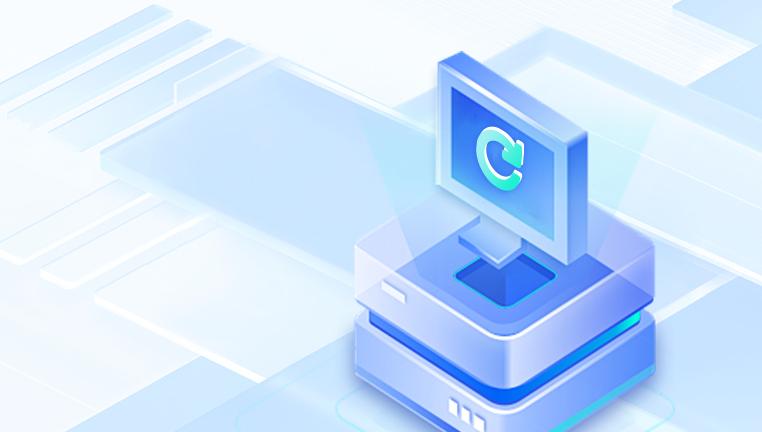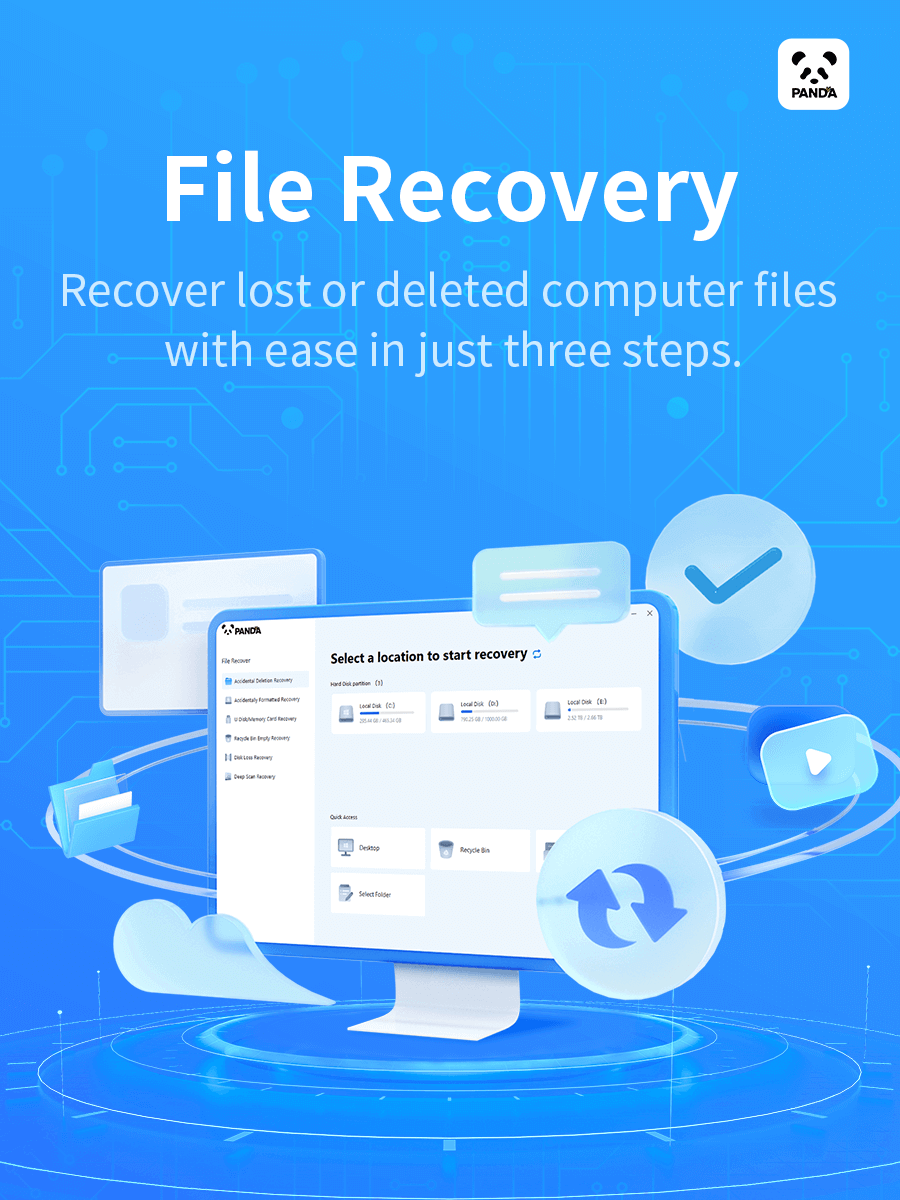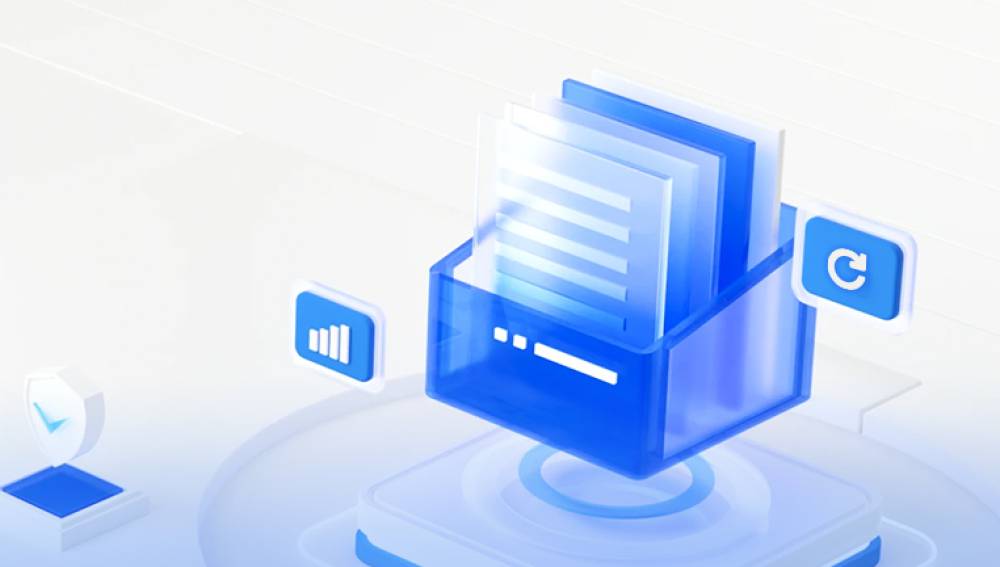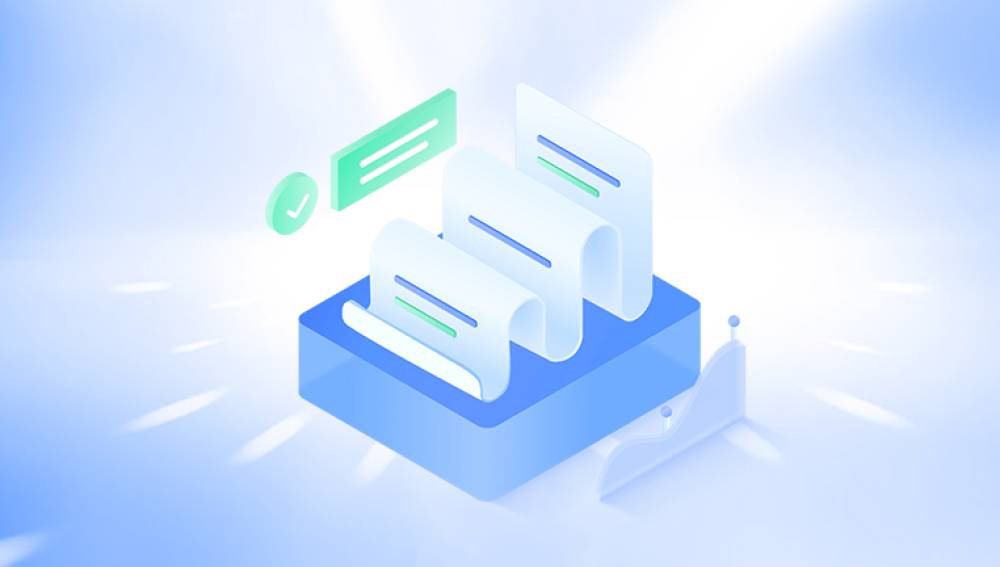USB memory sticks, also known as flash drives or thumb drives, are widely used for storing and transferring data due to their convenience, portability, and relatively low cost. However, users often encounter frustrating situations where files on their USB memory sticks seem to disappear, whether due to accidental deletion, corruption, or other unforeseen issues. In these moments, the panic of losing valuable data can be overwhelming.
Luckily, there are several ways to recover lost files from a USB stick. In this guide, we will explore various techniques and tools to help you retrieve your lost data. Whether your files are deleted, corrupted, or the drive is simply not showing up on your computer, we’ll cover methods ranging from basic troubleshooting steps to more advanced recovery techniques.

1. Problem
Before diving into recovery methods, it’s essential to understand why data might be lost from a USB memory stick. There are several common scenarios that lead to file loss:
1.1. Accidental Deletion
This is perhaps the most common reason for lost files. You may have accidentally deleted a file from the USB stick, or maybe the “delete” function was pressed in error.
1.2. Formatting the USB Stick
Sometimes, users format a USB drive unintentionally. Formatting erases all data on the drive, but the files may still be recoverable using specific software tools.
1.3. File System Corruption
USB drives can sometimes become corrupted due to sudden power loss, improper ejection from the computer, or software crashes. When this happens, files may become inaccessible or appear to be missing.
1.4. Physical Damage
Physical damage, such as exposure to extreme temperatures, water, or physical impact, can cause the drive to malfunction. In these cases, recovering files might require professional data recovery services.
1.5. Virus or Malware Attack
A virus or malware attack can lead to missing files, especially if the infection targets system files or the drive’s file directory. The virus might alter file structures, making it appear as though files are lost or deleted.
2. Preliminary Steps for Troubleshooting
Before using advanced recovery tools, it’s a good idea to try basic troubleshooting steps. These methods can help you determine if the file loss is due to a simple issue like connection problems or file system errors.
2.1. Check for Physical Issues
The first thing to do when you notice that your files are missing is to inspect your USB stick for any physical damage. If the USB stick is damaged, it might not be read properly by your computer, which could explain why files appear missing.
Check the USB port: Try plugging your USB stick into different USB ports on your computer.
Try on another computer: Plug the USB into a different computer to rule out a problem with the device or operating system.
Use a different cable: If you're using a USB hub or extension cable, try connecting the USB stick directly to the computer.
2.2. Check Disk Management
In some cases, the USB stick might not be showing up in the file explorer due to partitioning issues or file system corruption. You can check the USB drive’s status through your computer’s disk management utility.
Windows: Right-click on the Start menu and select "Disk Management." Look for the USB drive in the list of connected storage devices. If it’s not listed as a “Healthy” drive, it may need repair.
Mac: Go to “Disk Utility” under Applications > Utilities and check the status of the USB drive.
2.3. Try Data Recovery Software
If basic troubleshooting doesn’t work, you can move on to using data recovery software. Many recovery programs are capable of restoring lost or deleted files from USB drives.
3. Using Software Tools for File Recovery
The software is easy to use, even for individuals with minimal technical knowledge. It supports various file types, including documents, images, videos, and more. Drecov Data Recovery uses advanced algorithms to scan your storage devices, allowing it to find and restore files that are no longer visible or accessible through normal means.
Key features of Drecov Data Recovery include:
Deep Scan: In addition to a quick scan for recently deleted files, the deep scan option searches for older, lost files that may have been partially overwritten or hidden by system processes.
Recovery from Damaged Devices: Drecov Data Recovery can work with corrupted or damaged drives, helping you recover data from drives that no longer function properly.
Multiple Device Support: It supports various storage devices, including internal and external hard drives, USB flash drives, memory cards, and even RAID systems.
Preview Option: Before finalizing the recovery process, Panda allows you to preview recoverable files, ensuring you can select only the files you truly need.
User-Friendly Interface: The software is designed with ease of use in mind, featuring an intuitive interface that guides you through each recovery step.
4. What to Do If Files Are Not Recoverable
In rare cases, the files on your USB memory stick might not be recoverable using software tools. If this happens, you may need to consider these options:
4.1. Seek Professional Data Recovery Services
Professional data recovery services specialize in recovering data from damaged or corrupted drives. They have the necessary tools and expertise to recover files that cannot be retrieved by standard software. However, these services can be expensive, so they should be considered as a last resort.
4.2. Accepting the Loss
If professional recovery is not an option and the files are not recoverable, you may have to accept the loss. It’s important to implement better backup practices going forward to prevent similar issues in the future.
5. Prevention Tips to Avoid Future Data Loss
To avoid future data loss, here are some best practices for keeping your USB stick and files safe:
5.1. Regular Backups
Always back up important data from your USB stick to a secondary storage device or cloud storage. This will protect you from losing your files in case of corruption or accidental deletion.
5.2. Eject Properly
Always eject your USB stick safely by using the “Eject” option in your computer’s file explorer. This prevents file system corruption that can occur when the drive is removed abruptly.
5.3. Use Antivirus Software
Ensure that your computer is protected with reliable antivirus software. This will help prevent malware or virus attacks that could corrupt or delete your files.
5.4. Keep the USB Stick Safe
Avoid exposing your USB stick to extreme temperatures, moisture, or physical impact. A USB drive that is damaged can be much harder to recover files from.
Conclusion
Losing files from a USB memory stick can be frustrating, but there are many recovery tools and methods available to help you retrieve lost data. Whether you’re dealing with accidental deletion, file corruption, or other issues, following the steps outlined in this guide can increase your chances of success.
It’s also important to practice good data management by regularly backing up files, ejecting drives safely, and protecting them from physical damage. By doing so, you can reduce the risk of losing important data in the future.




